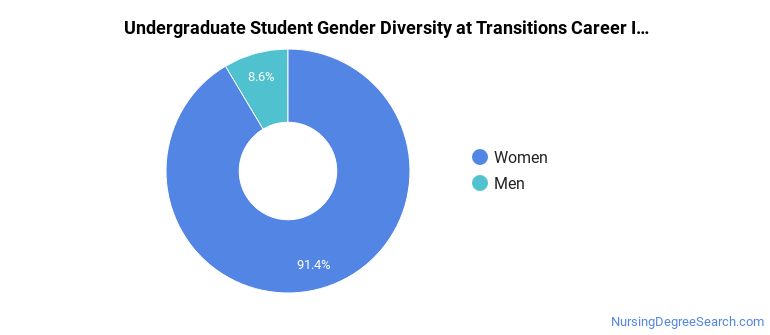Transitions Career Institute School of Nursing Nursing Programs
Transitions Career Institute School of Nursing is a private for-profit institution located in Flushing, New York. The surrounding area of the school is a good match for students who enjoy city life.
Where Is Transitions Career Institute School of Nursing?

Contact details for Transitions Career Institute School of Nursing are given below.
| Contact Details | |
|---|---|
| Address: | 30-50 Whitestone Expressway Ste 400, Flushing, NY 11354-1964 |
| Phone: | 718-362-9500 |
| Website: | tcilpn.org |
How Do I Get Into Transitions Career Institute School of Nursing?
You can apply to Transitions Career Institute School of Nursing online at: tcilpn.com/registration/
Can I Afford Transitions Career Institute School of Nursing?
Student Loan Debt
While almost two-thirds of students nationwide take out loans to pay for college, the percentage may be quite different for the school you plan on attending. At Transitions Career Institute School of Nursing, approximately 30% of students took out student loans averaging $5,694 a year. That adds up to $22,776 over four years for those students.
Transitions Career Institute School of Nursing Undergraduate Student Diversity

Gender Diversity
Of the 105 full-time undergraduates at Transitions Career Institute School of Nursing, 9% are male and 91% are female.

Racial-Ethnic Diversity
The racial-ethnic breakdown of Transitions Career Institute School of Nursing students is as follows.

| Race/Ethnicity | Number of Grads |
|---|---|
| Asian | 23 |
| Black or African American | 74 |
| Hispanic or Latino | 8 |
| White | 0 |
| International Students | 0 |
| Other Races/Ethnicities | 0 |
Transitions Career Institute School of Nursing Nursing Concentrations
The table below shows the number of awards for each concentration.
| Major | Undergraduate Certificate | TOTAL |
|---|---|---|
| Licensed Practical/Vocational Nurse Training | 49 | 49 |
| TOTAL | 49 | 49 |
References
*The racial-ethnic minorities count is calculated by taking the total number of students and subtracting white students, international students, and students whose race/ethnicity was unknown. This number is then divided by the total number of students at the school to obtain the racial-ethnic minorities percentage.
More about our data sources and methodologies.
